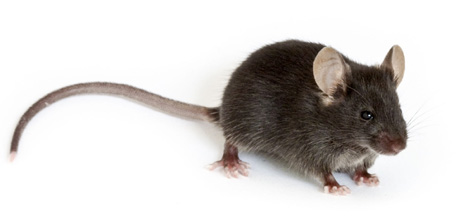Cholesterol imbalance has long been associated with cardiovascular disease. One of the key biomolecules that helps to maintain the body's cholesterol balance is the cell surface-glycoprotein low density lipoprotein receptor (LDLR). Predominantly expressed by liver cells, LDLR helps to move excess LDL cholesterol to liver cells, where it is further metabolized and eventually excreted. In humans, LDLR mutations cause familial hypercholesterolemia, an autosomal dominant disorder leading to cholesterol imbalance, atherosclerotic plaques and myocardial infarction.

LDLR deficiency has been studied in several animal models. If LDLR-deficient mice are fed normal chow, their plasma LDL cholesterol levels rise moderately. However, if they are fed a high-fat diet, their plasma LDL cholesterol levels rise severely, and they develop aortic atherosclerotic lesions. This diet-induced atherosclerosis can be inhibited if the mice are treated early with thiazolidinediones (TZDs), synthetic ligands of peroxisome proliferator-activated receptor gamma (PPARg), a nuclear transcription factor that plays a critical role in energy balance. However, the effects of TZDs on advanced atherosclerosis in mice were unknown.
In 2010, a research team from Weill Cornell Medical School to address these questions and tested the TZD pioglitazone for its ability to stop or reverse mid- to late-stage atherosclerosis in Ldlr knockout mice (B6.129S7-Ldlrtm1Her/J, 002207). The team found that pioglitazone stops mid-stage atherosclerosis in mice, but that neither it nor a diet change reverses advanced atherosclerosis (Nakaya et al. 2009).
Reference
Nakaya H, Summers BD, Nicholson AC, Gotto AM Jr, Hajjar DP, Han J. 2009. Atherosclerosis in LDLR-knockout mice is inhibited, but not reversed, by the PPARgamma ligand pioglitazone. Am J Pathol 174:2007-14.